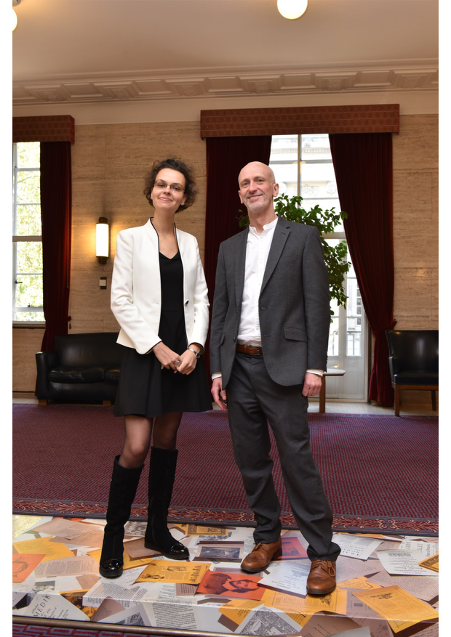Gillian Hunter from the Institute for Crime and Justice Policy Research shares findings from research conducted in collaboration with The Centre for Justice Innovation (CJI) on developing problem-solving practice in the Youth Court.

Youth courts and problem-solving justice
The number of young people coming to court has declined by 75% over the past decade due to falls in youth crime and the successful diversion of cases away from formal court proceedings. Those who do end up in courts, however, tend to be the most vulnerable and disadvantaged young people, their biographies replete with experiences of being in care, exclusion from mainstream schooling, and evidence of welfare, mental health and learning and communication needs.
Our research, funded by the Nuffield Foundation, explored youth court practice in three areas in England with a view to identifying opportunities to develop problem-solving approaches. Problem-solving justice emphasises rehabilitation; it promotes procedural fairness and respectful treatment by the court, and interventions and supervision (sometimes from a number of agencies) that are focused on outcomes and responsive to the changing circumstances of the young person. It also involves longer-term judicial monitoring to review and support compliance with the court’s sentence. There are already elements of problem-solving in how youth courts operate: there is a degree of specialism required to work in these courts; hearings should take place in adapted courtrooms where there is more emphasis on engaging with the child compared to adult court hearings; youth offending services (YOS) are specialist multiagency teams that coordinate and supervise interventions; and the guidance for sentencing young people encourages a child-focused approach which centres on rehabilitation wherever possible and warns against the unnecessary criminalisation of young people. It is clear, however, that these elements of problem-solving practice could be further developed and enhanced.
Our report, co-authored with CJI and launched on 30th June 2020 – Time to get it right – underlines the need for action rather than more words. Our research followed several high-level independent reviews of the Youth Justice System, completed since 2014, all of which have recommended aspects of problem-solving practice as a better way to address young people’s underlying needs and reduce their likelihood of future contact with the justice system. It is also widely recognised that the decline in numbers of young people going through the courts has created the necessary space for a system ‘re-boot’.
Local innovation and challenges
Despite the absence of a national strategy on youth justice, the study found local innovation and enthusiasm for changes in line with problem-solving practice, including, for example, the use of informal review hearings to support the progress of young people on community orders. This was described by one YOS worker we spoke to as helping to establish a more positive relationship between young person and court:
“Because up until then, their experience of magistrates and people dictating what happens to them, which is how they see it, is people sat on a bench who are talking to them in a particular way, who are deciding what will happen to them, who are telling them what to do and then suddenly …They have a review and they are sitting around a table with people who are genuinely taking a real interest in them, who are not being lovey-dovey. Although the setting is informal it is quietly exploratory, it is quietly challenging, but it’s all done at the young person’s pace so they’re more relaxed, they’re more engaged.”
We also encountered committed and hard-working court and YOS staff and lay and professional judiciary working in a strained system that throws up daily challenges: delays in cases reaching court; the closure of youth courts and associated loss of local expertise; court layouts that are ill-adapted to young people’s participation in hearings; children’s services that are under-funded and often absent when they need to provide support to young people in court; and shortfalls in the help that can be offered to address young people’s mental health, or communication and learning needs. “A sticking plaster” analogy was used by one magistrate we talked to, in considering how well the system is currently addressing young people’s needs.
Young People’s voices
The young people we interviewed, with recent experience of youth court, were frequently confused by court language and felt largely detached from proceedings, sometimes not fully understanding the implications of their sentence until later. However, they also told us that they appreciated when efforts were made by judiciary and others in court to explain what was happening in ways they could understand.
Time for action
Our research highlights the need for enhanced problem-solving practice in the youth court – including greater specialist knowledge and training for those working with young people as judges, magistrates and legal representatives, and further adaptations of court layouts such that they are always less formal than the equivalent for adults. There should also be better resourcing of youth justice and children’s services to ensure the young people who come before the court receive the support they need. Our research found local endeavours to introduce problem-solving in the absence of national initiatives to promote the approach and we emphasise the need for an official repository so that learning can be shared and further innovative practice in the youth courts can be fostered.
Further information




